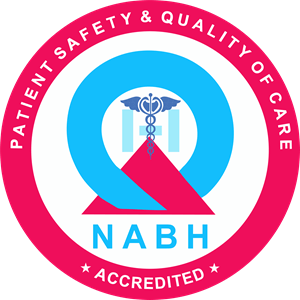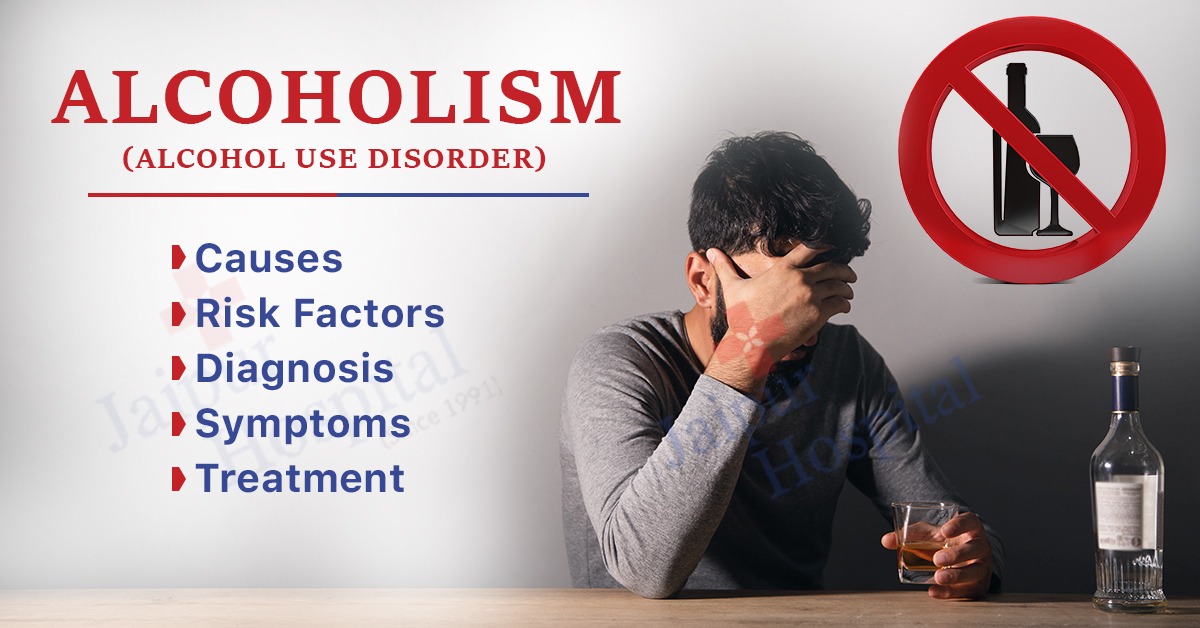Alcoholism, also known as Alcohol Use Disorder (AUD), is a chronic and potentially life-threatening condition characterized by an individual’s compulsive need to consume alcohol, despite the negative consequences it may have on their health, relationships, and overall well-being. This article aims to provide a comprehensive overview of alcoholism, including its symptoms, causes, risk factors, diagnosis, treatment options, and prevention strategies.
What is Alcoholism?
Alcoholism, or Alcohol Use Disorder (AUD), is a medical condition classified by the Diagnostic and Statistical Manual of Mental Disorders (DSM-5) as a substance use disorder. It is characterized by a pattern of alcohol consumption that leads to significant distress or impairment in various areas of life. The severity of AUD can range from mild to severe, and it can have a profound impact on an individual’s physical and mental health.
Symptoms of Alcoholism
- Loss of Control: Individuals with alcoholism often find it challenging to control their alcohol consumption. They may drink more than they intended or find it difficult to stop once they start drinking.
- Craving: A strong, persistent desire to consume alcohol is a common symptom of alcoholism. This craving can be intense and difficult to ignore.
- Tolerance: Over time, individuals with AUD may develop tolerance, meaning they need more alcohol to achieve the desired effects or experience the same level of intoxication.
- Withdrawal Symptoms: When alcohol consumption is reduced or discontinued, individuals with alcoholism may experience withdrawal symptoms such as nausea, sweating, tremors, anxiety, and in severe cases, seizures.
- Neglecting Responsibilities: Alcoholism can lead to a neglect of important obligations at work, home, or school due to alcohol use.
- Loss of Interest: Individuals with AUD may lose interest in activities they previously enjoyed as alcohol becomes their primary focus.
- Continued Use Despite Consequences: Despite experiencing negative consequences such as health problems, legal issues, or strained relationships, those with alcoholism continue to drink.
- Time Spent on Alcohol: A significant amount of time is devoted to obtaining, using, or recovering from the effects of alcohol.
- Reduced Social and Recreational Activities: Alcoholism often leads to the withdrawal from social and recreational activities in favor of drinking.
- Unsuccessful Attempts to Quit: Repeated unsuccessful efforts to cut down or control alcohol use are a hallmark of AUD.
Causes of Alcoholism
The development of alcoholism is influenced by a complex interplay of genetic, environmental, and psychological factors. While the exact causes are not fully understood, several key factors contribute to the development of this disorder:
- Genetics: Genetic factors play a significant role in predisposing individuals to alcoholism. Having a family history of alcohol use disorder increases the risk.
- Neurobiology: The brain’s reward system is involved in the development of alcoholism. Alcohol can trigger the release of dopamine, a neurotransmitter associated with pleasure and reward, leading to reinforcing effects that encourage continued use.
- Psychological Factors: Co-occurring mental health disorders, such as depression, anxiety, or post-traumatic stress disorder (PTSD), can contribute to the development of alcoholism as individuals may use alcohol to self-medicate and alleviate their symptoms.
- Environmental Influences: Environmental factors, such as exposure to alcohol during childhood or peer pressure, can contribute to the development of AUD. Socioeconomic status, availability of alcohol, and cultural attitudes toward drinking also play a role.
- Stress and Trauma: High levels of stress or exposure to traumatic events can increase the risk of alcoholism, as individuals may turn to alcohol as a coping mechanism.
Risk Factors of Alcoholism
Certain factors increase an individual’s vulnerability to developing alcoholism. Recognizing these risk factors can help identify those who may be at a higher risk:
- Family History: A family history of alcohol use disorder or substance abuse increases the risk of developing AUD.
- Early Initiation: Starting to drink at an early age, especially during adolescence, can increase the likelihood of developing alcoholism.
- Peer Pressure: Influence from peers who engage in heavy drinking can contribute to alcohol misuse and the development of AUD.
- Mental Health Disorders: Co-occurring mental health conditions, such as depression, anxiety, or bipolar disorder, can elevate the risk of alcoholism.
- Social and Cultural Factors: Cultural norms and societal attitudes toward alcohol can impact an individual’s drinking behavior.
- Trauma and Stress: Experiencing trauma or high levels of chronic stress may lead individuals to use alcohol as a coping mechanism.
- Access to Alcohol: Easy access to alcohol, such as living in an environment where alcohol is readily available, can increase the risk of AUD.
- Lack of Social Support: A lack of strong social connections or support systems can contribute to alcohol misuse and addiction.
Diagnosis of Alcoholism
Diagnosing alcoholism typically involves a thorough assessment by a healthcare professional. The process may include the following steps:
- Clinical Interview: A healthcare provider will conduct a detailed interview to assess the individual’s alcohol use, history, and related behaviors.
- Physical Examination: A physical examination may be conducted to assess the individual’s overall health and identify any alcohol-related medical complications.
- Questionnaires: Standardized questionnaires, such as the Alcohol Use Disorders Identification Test (AUDIT) or the CAGE questionnaire, may be used to assess alcohol use patterns.
- Blood Tests: Blood tests may be conducted to check for liver function, as chronic alcohol abuse can lead to liver damage.
- Psychological Assessment: A mental health evaluation may be performed to identify co-occurring mental health disorders.
- Diagnostic Criteria: Healthcare providers use the criteria outlined in the Diagnostic and Statistical Manual of Mental Disorders (DSM-5) to determine if an individual meets the criteria for Alcohol Use Disorder.
- Severity Assessment: The severity of AUD is categorized as mild, moderate, or severe based on the number of diagnostic criteria met.
Also read: Asperger Syndrome: Symptoms, Causes, Diagnosis, Treatment, and Prevention
Treatment of Alcoholism
Effective treatment for alcoholism typically involves a combination of medical, psychological, and social interventions. The choice of treatment depends on the individual’s specific needs and the severity of their alcohol use disorder.
- Detoxification: For individuals with severe alcohol dependence, detoxification may be necessary to safely manage withdrawal symptoms. This process is typically conducted in a medically supervised setting to ensure the individual’s safety.
- Medication-Assisted Treatment (MAT): Several medications are approved by the FDA to help individuals reduce their alcohol cravings and dependence. Examples include naltrexone, acamprosate, and disulfiram.
- Counseling and Therapy: Behavioral therapies, such as Cognitive-Behavioral Therapy (CBT), Motivational Enhancement Therapy (MET), and 12-Step programs like Alcoholics Anonymous (AA), are often used to address the psychological aspects of alcoholism.
- Residential Treatment: In some cases, individuals may benefit from inpatient or residential treatment programs that provide intensive therapy and support in a controlled environment.
- Outpatient Treatment: Outpatient programs offer counseling and therapy sessions on a scheduled basis while allowing individuals to continue with their daily lives.
- Support Groups: Participation in support groups like AA or SMART Recovery can provide ongoing support and encouragement in maintaining sobriety.
- Family Therapy: Involving the family in therapy can help address issues related to the impact of alcoholism on family dynamics and relationships.
- Relapse Prevention: Learning strategies to prevent relapse is a critical component of treatment. Individuals develop coping skills and strategies to manage triggers and stressors that may lead to relapse.
- Holistic Approaches: Complementary therapies, such as mindfulness, yoga, and art therapy, can be integrated into treatment plans to address the holistic well-being of individuals in recovery.
- Aftercare and Follow-Up: After completing formal treatment, individuals often benefit from ongoing aftercare and follow-up to help maintain sobriety and prevent relapse.
Prevention of Alcoholism
Preventing alcoholism involves a combination of individual, family, and societal strategies. Reducing the risk of alcoholism not only benefits the individual but also promotes healthier communities.
- Education and Awareness: Increasing public awareness about the risks of excessive alcohol consumption, especially among young people, can help prevent alcoholism.
- Family Support: Providing a supportive family environment, open communication, and education about the dangers of alcohol can reduce the risk, especially in adolescents.
- Early Intervention: Identifying and addressing risky drinking behaviors or signs of alcohol dependence in the early stages can prevent the progression to severe alcoholism.
- Mental Health Support: Treating co-occurring mental health disorders promptly can reduce the likelihood of self-medicating with alcohol.
- Responsible Drinking: Encouraging responsible drinking behavior, such as moderation and designated drivers, promotes safer alcohol use.
- Limiting Access: Implementing policies to limit the availability of alcohol to underage individuals and those with a history of alcohol problems can be effective in prevention.
- Community Support: Communities can provide resources, treatment options, and support services for individuals struggling with alcoholism.
- Workplace Initiatives: Employers can implement workplace programs to address alcohol misuse and provide access to employee assistance programs (EAPs).
- Screening and Brief Intervention: Healthcare professionals can screen for alcohol misuse during routine medical visits and provide brief interventions to reduce risky drinking behaviors.
Also read: Depression: Causes, Symptoms, Types, Risk Factors & Treatment
Conclusion
Alcoholism, or Alcohol Use Disorder, is a complex and challenging condition that can have devastating effects on individuals and their loved ones. Understanding the causes, risk factors, symptoms, and treatment options is essential in addressing this widespread issue. Prevention efforts at the individual, family, and societal levels can play a crucial role in reducing the prevalence of alcoholism and improving the overall well-being of communities. If you or someone you know is struggling with alcoholism, seeking help from healthcare professionals and support networks is the first step toward recovery and a healthier, alcohol-free life.


